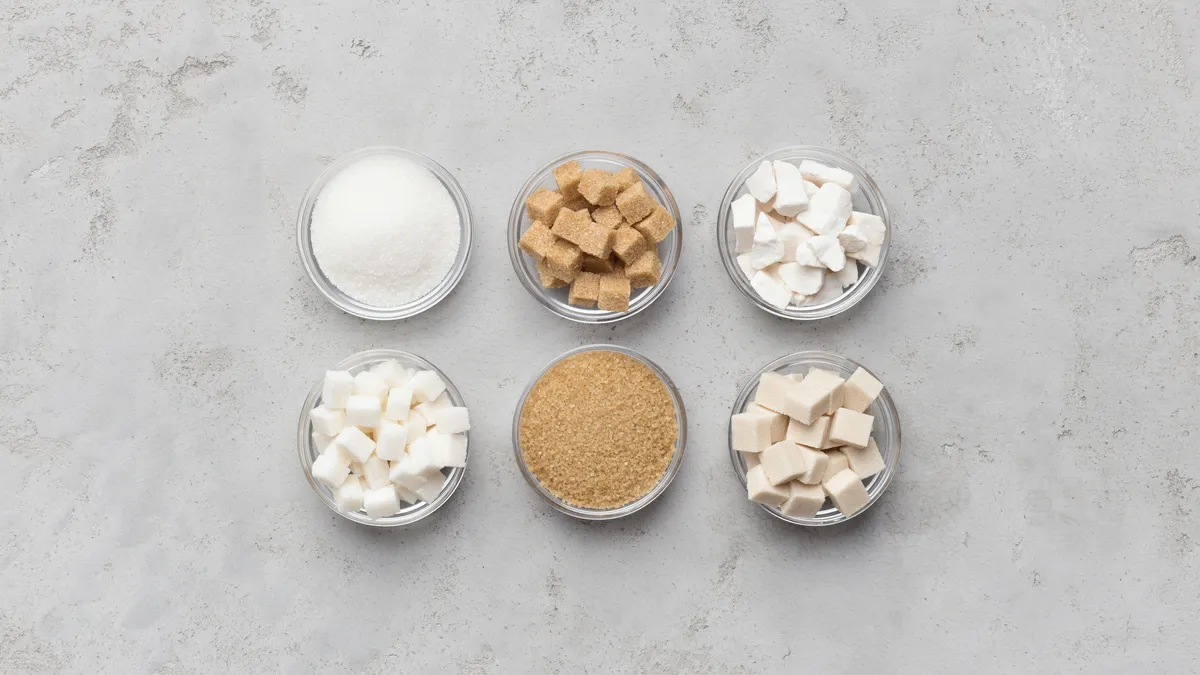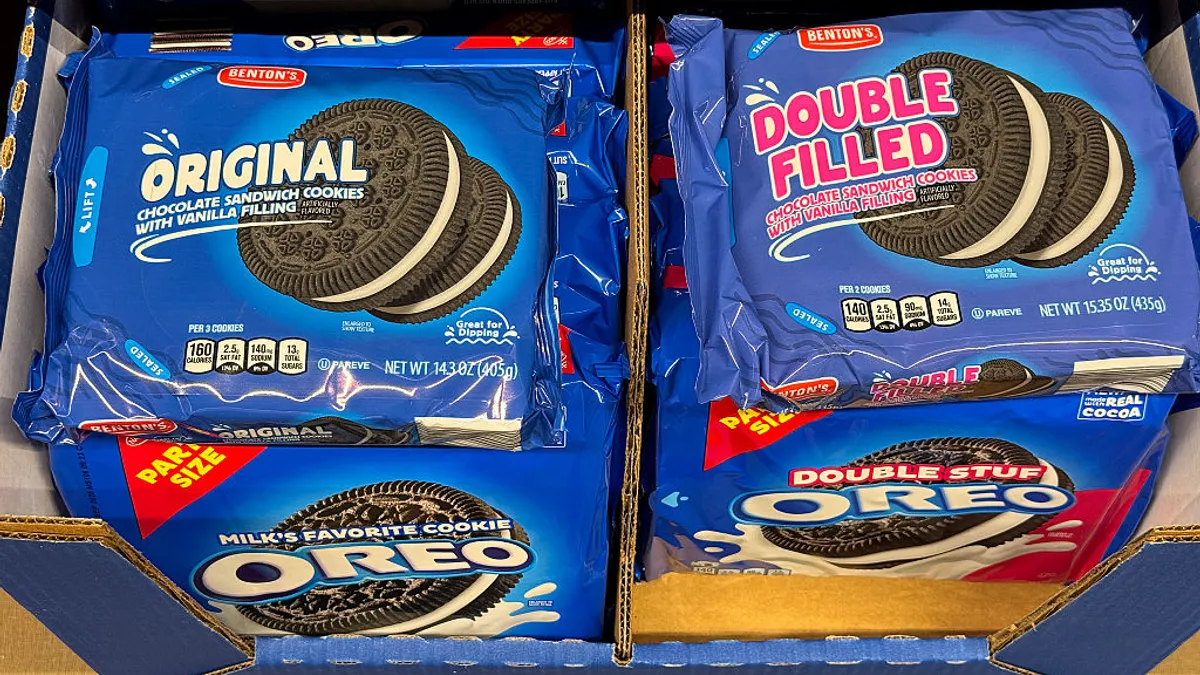As consumer demand grows for sugar-reduced products, the variety of sugar alternatives follows the same trend. Natural high-intensity sweeteners have become more accessible, and more importantly, accepted and welcomed by the consumer population.
While effective as the source of sweetness, these high-intensity sweeteners don't constitute a direct replacement for the mass of sugar. Without accounting for the loss of sugar's mass, a sugar-reduced product will lose mouthfeel, texture, and overall structural integrity.
When deciding how to rebuild a product's bulk, it's vital to consider the myriad of ingredients available. The most popular natural bulk replacements include polysaccharides, polyols, rare sugars, and fibers. While each comes with limitations and drawbacks, finding the perfect replacement for your product's lost sugar mass is about weighing the options and testing within your product's formula.
The ultimate goal of sugar reduction is the elimination of calories, carbs, and overall impact on blood glucose during digestion. So, it's important to note that if used in excess, each of the ingredients aforementioned categories could spike blood glucose levels, contribute to carbs and add calories.
At Pyure Brands, the fastest-growing independent organic sweetener supplier in America, we're proud of our proven track record for developing sugar reduction solutions that meet the taste expectations of the consumer. We believe healthy choices should taste great, and we understand that flavor is a complex combination of textures, tastes, and smells. For that reason, we spent years identifying our preferred ingredients within each of the aforementioned categories that, when paired with a high-intensity sweetener like stevia or monk fruit, can tastefully achieve virtually any level of sugar reduction desired.
Below you'll find a quick summary of our favorite tools to rebuild sugar mass.
Erythritol, a polyol that is roughly 70% the sweetness of sugar and looks just like sugar, has the highest digestive tolerance of all polyols, beating xylitol, maltitol, and sorbitol. Erythritol is zero-calorie, zero glycemic, and carb neutral, as it can be subtracted from a product's net carb count. Outside of being claim friendly, erythritol can mask off-notes commonly associated with high-intensity sweeteners. As a non-nutritive ingredient, it does not promote tooth decay. On the list of downsides, erythritol does not brown or caramelize and can cause an undesirable cooling effect at high usage levels. Erythritol is readily available with USDA Organic Certification or Non-GMO Project Verification. Most commonly used in granular form, it can also be found in a variety of powdered mesh sizes.
Allulose, a rare-sugar that has only recently become a practical tool in our portfolio, after the FDA ruled that it would be dropped from the Nutrition Facts sugar content declaration. Prior to 2019, allulose was still considered an "added sugar" despite not being metabolized or contributing to blood glucose levels. Similar to erythritol in that it is virtually zero calories, zero glycemic impact, and desirable gastrointestinal tolerance levels. Unlike erythritol, allulose does not have a cooling effect and because it browns, excels in bakery, confections, and frozen applications. Currently available as a conventional ingredient and only recently introduced by Pyure Brands with USDA Organic Certification, allulose is available in granular form, a liquid form, and powder in a variety of mesh sizes.
IMO's (Isomaltooligosaccharide) previously labeled as "soluble corn" or "tapioca fiber" IMO's have been the binder of choice when it comes to sugar/carb-conscious protein and snack bars. Until recently, these were considered a soluble dietary fiber. Unfortunately, the FDA rejected the citizen's petition to have this ingredient included on the FDA list of dietary fibers, but it still can be considered a prebiotic oligosaccharide. IMO tastes fantastic and is still useful in reducing calories, but it will contribute carbs that you won't be able to "net out" as fiber. It would be nice to eventually claim some of the contributed carbs as a dietary fiber, but we fully support the FDA's decision. Most products were severely overclaiming the true testable fiber content of their products knowingly or not. This caused people following specific diets (monitoring diabetes, low carb, keto) to underestimate the available carbs, and potentially threatened their food monitoring goals. IMO's are still a useful ingredient, but the purpose and marketing need to be clear and transparent when using.
Resistant Dextrin (Soluble Fiber) is not as sweet as IMO, but it was officially accepted and added to the FDA list of dietary fiber. Dietary fiber can be tested by proper AOAC (The Association of Official Analytical Chemists) methods as high as 95% and sugars controlled under 1%. Available as a powder or syrup, this highly functional ingredient can add a fiber claim without flavor impact, can be used as an alternative to brown rice syrup or liquid IMO for binding, or even act as partial sugar or flour replacement in bakery and confections applications.
As we mentioned, these ingredients have limitations, but when used correctly and in combination, you can develop truly comparable products that deliver on taste, function, and transparency, without the sugar. These ingredients are here to stay, and Pyure is proud to offer each of these as Non-GMO Verified and Organic Certified from many different raw material sources. Don't hesitate to reach out to [email protected] for more information, samples, or formula support.










